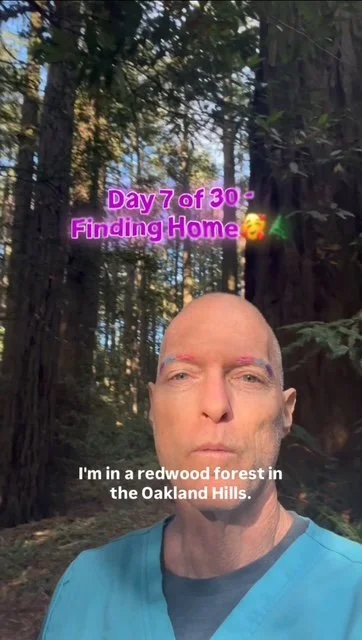The Gremlin in My Ankle: Why Your Nervous System Sabotages You When Life Starts Going Well
Several years ago, I was driving toward a social gathering when I noticed something unusual.
I felt calm.
No tight chest. No sweaty palms. No rehearsed conversations spinning in my head. Just an easy sense of peace. For someone who had spent much of his life navigating intense social anxiety, this new feeling was both refreshing… and suspicious.
As that awareness of comfort hit me, suddenly, I could fee what felt like a gremlin in my ankle clawing its way up my leg, trying to pull me down. It wasps if it was screaming, “No, Gregg. This isn’t safe to be this comfortable. This isn’t what we do. Let’s go back to the way things were.”
In that moment, I had the awareness of something profound:
My body wasn’t sabotaging me—it was protecting me.
When Safety Feels Dangerous
Our nervous system gets used to a certain state and when we try to expand beyond our comfort zone our psyche puts up blocks to ensure we stay what it thinks represents safety and familiarity. Our nervous system’s number one job is not to help us succeed—it’s to keep us alive. And to the body, familiar equals safe, even when the familiar is painful, constricting, or outdated.
When we start to experience something new—ease, connection, joy, confidence—our body sometimes panics. Not because it’s bad, but because it’s unfamiliar. To the nervous system, newness can feel like danger.
As Bessel van der Kolk wrote in The Body Keeps the Score, the body remembers what it has learned keeps it safe. If your nervous system is used to scanning for threat or preparing for rejection, a moment of deep peace can actually trigger an alarm. “Something’s wrong,” the body says. “We’re missing the anxiety that usually keeps us safe.”
This is why people often self-sabotage right as things begin to go well. We get close to what we say we want—a loving relationship, a creative opportunity, a sense of ease—and suddenly we procrastinate, pick a fight, or lose momentum. Gay Hendricks calls this “The Upper Limit Problem” in The Big Leap: our internal thermostat for how good we’re allowed to feel. Go beyond it, and the system flips a breaker.
Sabotage Is a Symptom of Protection
It’s easy to judge these moments and call them “self-sabotage.”
But what if they’re really self-protection?
The nervous system is trying to keep you within the range of what feels safe and predictable. When we start expanding—emotionally, socially, professionally—the system can sound an alarm, pulling us back toward familiar territory.
For some, it looks like:
Feeling tired or unmotivated after a breakthrough
Getting “sick” right before a big opportunity
Picking a fight with someone supporting you
Avoiding intimacy after a beautiful date
Procrastinating once a project starts to gain traction
In each case, the nervous system isn’t trying to ruin your life. It’s whispering, “Slow down. This is new territory and asking, “Are we safe here?”
The Polyvagal Perspective: When Expansion Triggers the Brake Pedal
According to Dr. Stephen Porges’ Polyvagal Theory, our nervous system has three primary modes:
Safe and social – when we feel connected and calm.
Fight or flight – when we sense danger and mobilize to protect ourselves.
Freeze or collapse – when we feel overwhelmed and shut down.
When we move toward what we desire—especially something that requires vulnerability, like deeper relationships or greater visibility—our system can interpret it as threat. The body subtly hits the brake pedal. Tension in the shoulders. A fluttering stomach. An urge to retreat.
It’s not a sign that you’re broken. It’s a sign your body is trying to help—it just hasn’t updated its definition of safety yet.
Working With the Gremlin, Not Against It
That day in the car, I didn’t fight the feeling in my leg.
I didn’t tell myself, “Stop it, you’re fine.” And I didn't ignore it or pretend it wasn't there.
I turned toward the scared parts, breathed slowly, and said compassionately inside, “Hey, I know this feels new and scary. You don’t have to go away. I’ve got us.”
I let the scared parts know it was safe to move forward and I would be there lovingly coaxing them into expansion and greater safety.
That was an important piece of forming a different kind of relationship with my nervous system—one built not on control but on collaboration.
Here’s what I’ve learned since then:
1. Awareness Before Action
You can’t change what you won’t acknowledge.
Notice when the gremlin shows up—tightness, fatigue, distraction, or irritation. Name it gently:
“Oh, this is the part that gets scared when I start to feel good.”
Simply naming brings curiosity instead of shame. Tell yourself it makes sense these parts would show up.
2. Coax, Don’t Conquer
For years, I tried to override fear with logic or willpower. Ultimately that creates more inner turmoil. Now I use compassion instead of control. When the nervous system senses safety through kindness, it naturally relaxes. You can’t push your way into peace; you have to soothe your way there.
3. Regulate Before You Relate
Before you try to “figure it out,” ground yourself. Feel your feet. Breathe slowly. Step outside. Touch a tree. Our thinking mind can’t lead when our body is in protection mode. Safety has to be felt, not reasoned.
4. Expand the Comfort Zone Slowly
Trauma-informed coaching and somatic work teach that growth happens through titration: small, manageable steps.
Celebrate tiny expansions. Each time you let your body know, “This new thing is safe,” you widen the window of what’s possible.
The Loving Expansion
When we stop seeing resistance as an enemy and start seeing it as a frightened child—or a protective gremlin—we gain choice.
We can say, “I see you. I know you’re scared. But we’re safe now. We can do this together.”
That’s how healing happens. Not by muscling past fear, but by befriending it.
Not by overriding the body, but by teaching it that joy, ease, and success are safe too.
Growth doesn’t mean you never feel the gremlin again. It means that when it shows up, you know how to hold it with love instead of letting it take the wheel.
Notice:
What part of you gets scared when life starts to feel good?
How might you gently reassure that part that it’s finally safe to expand?
True freedom isn’t about eliminating fear—it’s about befriending the fear, walking with it, hand in hand, toward the life your nervous system once thought was too beautiful to handle.
If you’d like support in
creating safety for your inner gremlins,
let’s get on a call.
Our deepest fear is not that we are inadequate. Our deepest fear is that we are powerful beyond measure. It is our Light, not our Darkness, that most frightens us.
Marianne Williamson
The first 10 days of my 30 day video project on overcoming my blocks to putting myself out there are up and awaiting you.



